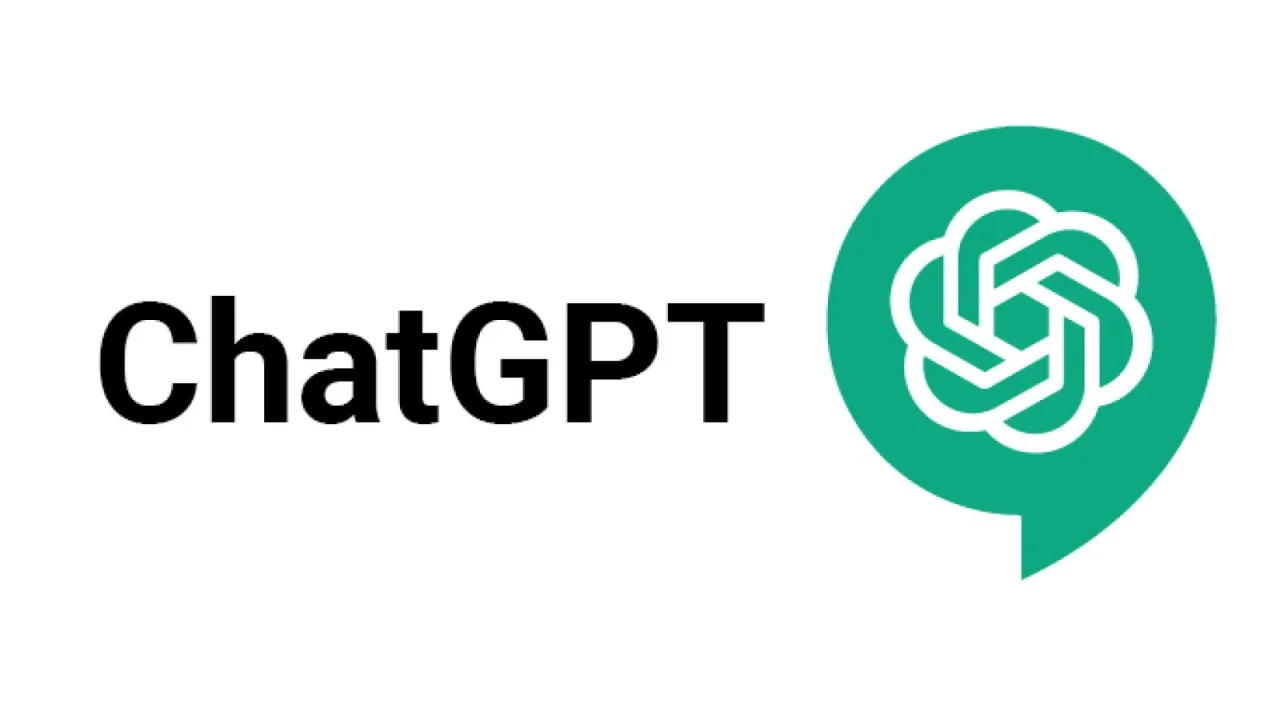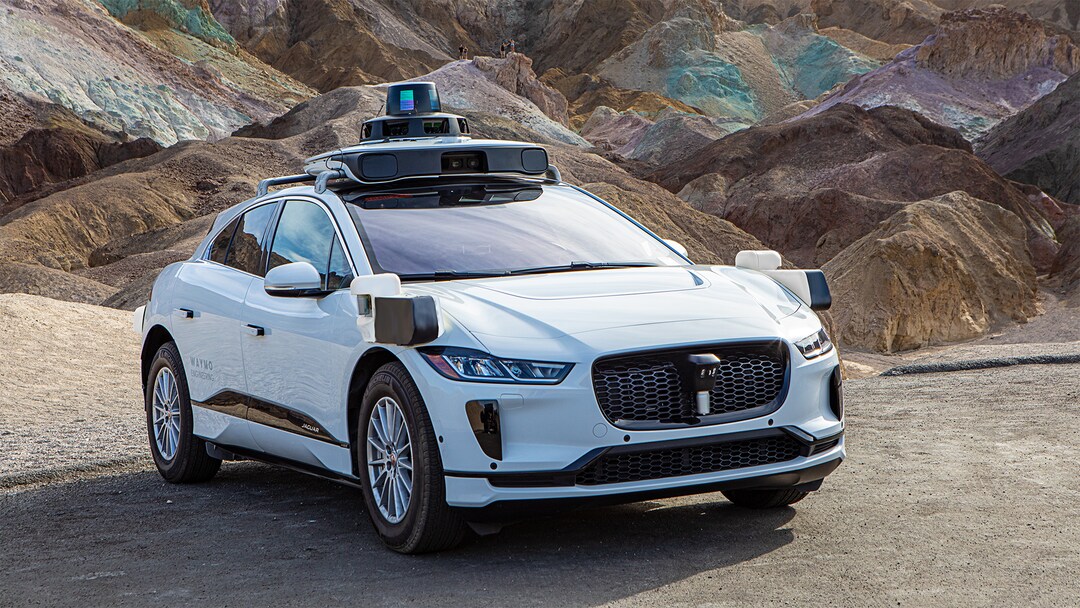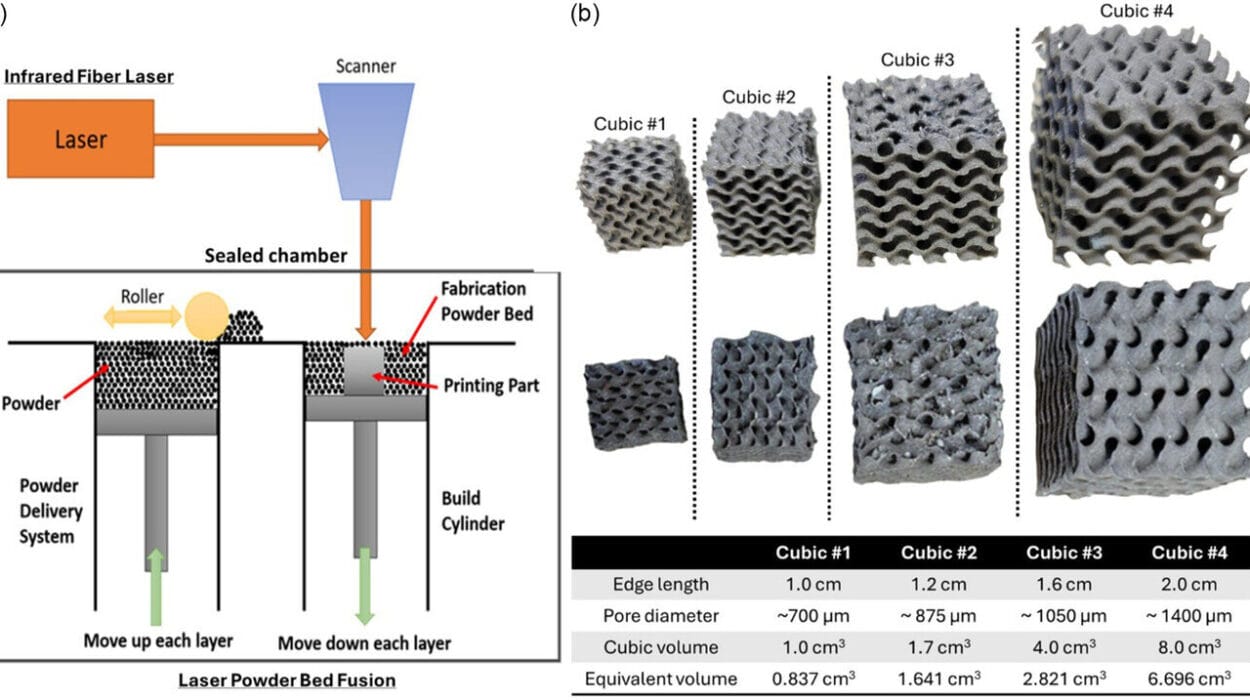Generative AI is no longer a laboratory novelty or a whispered buzzword in tech circles — it’s here, reshaping the way we think about creativity, productivity, and human–machine collaboration. Not so long ago, producing a stunning oil-paint-style portrait, composing a symphony, or writing a 10,000-word research paper in under an hour required either decades of skill or a large, specialized team. Today, you can achieve all of this — and more — with a laptop, an internet connection, and a few well-chosen prompts.
But the explosion of generative AI tools comes with a paradox: the more options you have, the harder it is to choose the right ones. Some platforms are exceptional at generating text so natural it feels like an old friend is speaking to you. Others can conjure jaw-droppingly beautiful images or realistic video clips from nothing but words. A few are daring hybrids, combining multiple creative powers under one roof. And with new models and updates emerging almost monthly, the AI landscape feels like an ever-changing frontier.
To help you navigate it, we’re going deep into the 10 best generative AI platforms you should try right now. This isn’t a skim-through list. Each platform will be explored in depth — its personality, technical brilliance, real-world use cases, and the spark of magic that makes it worth your time. By the time you reach the end, you’ll not only know which tools to explore but also why they might just change the way you work, create, and imagine.
1. OpenAI’s ChatGPT — The Conversational Chameleon
ChatGPT is perhaps the most recognizable face of generative AI today. Developed by OpenAI, it’s powered by advanced versions of the GPT (Generative Pretrained Transformer) model, with GPT-4 and GPT-4o offering conversational depth, reasoning ability, and contextual awareness that feel startlingly human.
How It Works
At its core, ChatGPT uses a transformer architecture — a neural network design that excels at processing sequences of data. It has been trained on a vast corpus of internet text, books, academic papers, and other sources, giving it a broad base of knowledge. But it’s not just about raw memorization: the model learns to predict the next word in a sentence based on context, which enables it to generate coherent, contextually relevant responses.
The newer GPT-4o also supports multimodal input, meaning it can interpret not just text but also images, and in some implementations, even audio. You could, for instance, show it a chart and ask for analysis or upload a photo and get a witty caption.
Why People Love It
ChatGPT adapts to its user. Ask it for a formal explanation of quantum entanglement, and it will give you a graduate-level lecture. Ask for a bedtime story about a raccoon who wants to be an astronaut, and it’ll serve up whimsical charm. It can code, debug, summarize documents, brainstorm ideas, or help you role-play scenarios.
Real-World Use
- Businesses use it to draft reports, marketing copy, and customer support responses.
- Students use it to understand complex topics in simple terms.
- Writers use it for outlining, character creation, and editing.
- Developers use it to explain unfamiliar APIs or write starter code.
ChatGPT is the friend who listens, understands, and answers — without ever needing coffee breaks.
2. Midjourney — The Dream Painter
Midjourney operates in the realm of images, but not just any images. It has a style that’s instantly recognizable: dreamy, painterly, and often imbued with a surreal quality that makes each output feel like a piece of fine art.
How It Works
Midjourney runs through Discord, where users type prompts into a bot channel. The platform uses advanced diffusion models to generate images, refining them through multiple passes until the final result emerges. Diffusion models work by starting with random noise and gradually “denoising” it into a coherent image that matches the prompt.
What Sets It Apart
While tools like DALL·E focus heavily on versatility, Midjourney leans into artistry. It produces rich textures, dramatic lighting, and unique compositions, often reminiscent of fantasy book covers or concept art for blockbuster films. And because it’s community-based, you can see other users’ prompts and outputs, which can be as educational as they are inspiring.
Real-World Use
- Game developers use it for environment and character concept art.
- Authors create visual companions to their novels.
- Designers brainstorm mood boards and branding concepts.
- Social media creators generate eye-catching, scroll-stopping visuals.
Using Midjourney feels like having a gallery full of artists at your fingertips, each with a penchant for the fantastical.
3. DALL·E 3 — The Flexible Visual Storyteller
From the same innovators behind ChatGPT, DALL·E 3 merges linguistic understanding with visual creativity. Integrated directly into ChatGPT Plus, it allows you to describe an image in plain language and see it materialize within seconds.
Technical Magic
DALL·E 3 builds on transformer and diffusion model principles, fine-tuned to translate nuanced language into accurate, often highly detailed images. One of its biggest leaps over previous versions is fidelity to prompt — the ability to capture fine-grained details, such as text on objects or specific spatial arrangements.
It also features inpainting, which lets you edit specific regions of an image without regenerating the whole thing. Want to change the color of a character’s shirt or replace a background? Just highlight the area, type your instructions, and watch the change happen.
Use Cases
- Marketing teams generate ad creatives without scheduling photo shoots.
- Educators create visual teaching aids tailored to lesson content.
- Illustrators develop quick drafts for client feedback.
- Hobbyists experiment with surreal or humorous imagery.
DALL·E 3 isn’t just a tool; it’s a bridge between imagination and pixels, letting you iterate on visuals until they match what’s in your head.
4. Runway — Hollywood in Your Browser
Runway takes generative AI into the moving image realm. With Gen-2, its text-to-video model, you can type a description and receive a short video clip that matches your vision. It also offers background removal, object tracking, and advanced visual effects.
How It’s Built
Runway’s models are trained on vast datasets of video and image sequences, allowing them to understand motion, lighting, and object consistency over time. Its UI is designed for creators who may not have deep editing expertise but still want professional-grade results.
Creative Potential
- Indie filmmakers can storyboard or previsualize scenes without full shoots.
- Marketing teams produce ad spots rapidly.
- Social media influencers create unique content with cinematic flair.
- Teachers generate custom video explanations.
Runway is the proof that you don’t need million-dollar cameras or a Hollywood crew to tell a visual story anymore — just a few sentences and a vision.
5. Jasper AI — The Marketer’s AI Sidekick
Jasper AI is purpose-built for marketing content. While it can write general text, its strength is in conversion-focused copy: product descriptions, blog posts, ad headlines, and email campaigns.
Why It Works So Well
Jasper integrates SEO optimization tools, supports multiple brand voices, and offers templates tailored to specific content goals. Its algorithms prioritize clarity, engagement, and persuasive tone.
How It’s Used
- Agencies use Jasper to handle content volume for multiple clients.
- Startups produce consistent brand messaging.
- E-commerce stores update hundreds of product listings efficiently.
- Social media teams keep a steady posting schedule without burnout.
With Jasper, you’re not staring at a blank page wondering how to start — you’re refining, polishing, and executing.
6. Synthesia — Avatars That Speak Your Script
Synthesia specializes in AI video production using virtual presenters. You type a script, choose an avatar, select a language and accent, and the platform generates a video with your chosen presenter delivering the message.
Behind the Scenes
Synthesia uses deep learning for facial animation and speech synthesis, matching lip movements to spoken words with high accuracy. Avatars are modeled on real actors who have licensed their likeness.
Where It Shines
- Corporate training modules delivered in dozens of languages.
- Customer onboarding videos for global audiences.
- Personalized marketing messages.
- News-style updates for organizations.
Synthesia transforms your script into a professional-looking video without cameras, actors, or studios — democratizing video communication.
7. Copy.ai — Quick, Clever, and Conversion-Oriented
Copy.ai focuses on short-form, high-impact writing. It excels in brainstorming campaign ideas, generating social media captions, or creating multiple ad variations for testing.
Technical Strength
Its training emphasizes brevity and punch, often drawing on patterns from successful marketing copy across industries. The interface is minimalistic, encouraging fast iteration.
In Practice
- Startups use it to craft concise investor pitches.
- Social media teams brainstorm dozens of post ideas in minutes.
- Small businesses develop ad copy without hiring freelancers.
Copy.ai is the caffeine shot of AI writing tools — fast, energizing, and built for momentum.
8. Stable Diffusion — The Open-Source Artist
Stable Diffusion stands apart because it’s open-source. You can run it locally, train it on your own dataset, and customize its behavior. It’s a playground for technically inclined artists and developers.
Under the Hood
It’s a latent diffusion model, meaning it generates images in a compressed latent space before decoding them into high-resolution visuals. This approach makes it computationally efficient and adaptable.
Creative Freedom
- Artists fine-tune it for specific aesthetics.
- Developers integrate it into custom applications.
- Privacy-conscious users keep their work offline.
Stable Diffusion gives you both the paint and the canvas — but also lets you make your own brushes.
9. Adobe Firefly — AI for the Creative Cloud
Firefly integrates generative AI into Adobe’s design ecosystem. You can expand images beyond their borders, generate new elements, or create vector art from text.
Ethical Edge
Adobe emphasizes training Firefly on licensed or public domain content to avoid copyright issues, a move that appeals to professionals concerned about AI ethics.
Who Uses It
- Designers accelerate mockup creation.
- Marketing teams adapt visuals for different platforms.
- Illustrators experiment with styles while retaining creative control.
Firefly feels like the AI assistant that knows your creative workflow inside out — because it’s living inside your tools.
10. Cohere — The API-First Language Powerhouse
Cohere focuses on enterprise-scale language processing. It’s designed for developers to embed natural language understanding into applications via a simple API.
Technical Focus
Cohere offers models for generation, summarization, classification, and semantic search. Its infrastructure is optimized for scalability and privacy.
Real-World Integration
- Customer service bots with nuanced responses.
- Research tools that summarize academic literature.
- Internal search engines that understand context, not just keywords.
Cohere is the quiet engine behind smarter software, powering intelligence where you need it most.
Conclusion — Choosing Your Creative Co-Pilot
Generative AI isn’t just about speed or novelty — it’s about expanding what’s possible. The platforms we’ve explored each have a distinct personality and purpose. ChatGPT talks with you as if it knows your mind. Midjourney paints dreams. DALL·E 3 turns language into image with uncanny accuracy. Runway and Synthesia bring stories to life in motion. Jasper and Copy.ai speak the language of persuasion. Stable Diffusion offers open-source freedom. Firefly blends AI into your professional toolkit. Cohere quietly makes software smarter.
The best one for you depends on your goals. Are you telling a story, building a business, exploring art, or engineering a new product? Whichever path you’re on, the right generative AI platform can become not just a tool, but a partner — one that listens, adapts, and amplifies your imagination.
We stand at the dawn of a creative renaissance where human ingenuity and machine intelligence aren’t competitors but collaborators. The question is no longer “Can AI do it?” but rather “What do you want to create together?”






